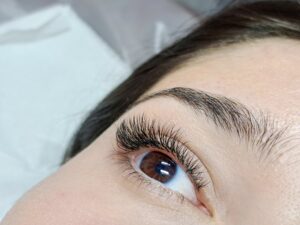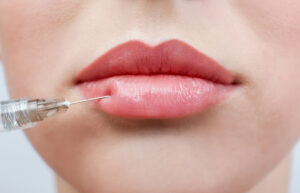Figuring out the secret to losing fat while preserving the muscle mass is overwhelming. The good news is though it is not easy but is possible to lose fat and gain muscle mass simultaneously. However, it takes a little patience and planning. First, we need to understand the difference between fat loss and weight loss.
Difference Between Weight Loss and Fat Loss
Most people focus on losing weight and don’t care about where the lost weight comes from. Our total body mass comprises muscle mass, water mass, bone mass, tissues, and organ mass. It is easier and faster to lose weight than to lose fat. For example, if you go on dieting for a week or two, the weight loss will not come only from fat. It might come from the stored glycogen and water in your body. Don’t worry; here are a few tips to help you lose fat while preserving muscle mass.
-
Maintain a Moderate Calorie Deficit
A calorie deficit is vital if you want to lose your body fat. It means you must consume fewer calories than your body requires to function properly. When you feed on less calories, your body will find the energy source to perform its normal functions. That’s where the fat gets utilized. Your body transforms the stored fat into energy to compensate for the low-calorie intake.
Be careful; when you maintain a calorie deficit, your body doesn’t necessarily convert fat into energy. Instead, it can even transform lean muscle tissue into calories. So to prevent it, ensure you are not restricting your calories too much. Instead, maintain a moderate calorie deficit to preserve muscle mass.
-
Boost Your Protein Consumption
Consuming plenty of proteins throughout the day protects your muscle tissues from breakdown. This is because plenty of amino acids start floating in your system; your body senses them and does not go for muscles to break them down. Consider boosting your protein consumption to at least 1 gram per pound of your body weight. In addition, a protein-rich diet positively impacts the number of calories you burn throughout the day.
-
Limit Your Carbs
Limit your carbohydrate consumption. Eat high-fiber vegetables to maintain your energy levels and stave off hunger. The right time to consume most of your carbs is two hours before or right after a workout. You can start with 1.5 grams of carbohydrates per pound of your body weight throughout the day. Then, reduce the number to 0.75 to 1 gram per pound on your exercise or training days.
-
Eat Healthy Fats
Fat is a crucial nutrient. It plays an integral role in maintaining optimal cell structure and hormone levels. In addition, it helps to absorb vitamins and keep your brain cells healthy, so you cannot cut it out completely. According to research, a diet deficient in fat can reduce testosterone levels, significantly affecting muscle mass. Now the point is how much fat you should consume daily? Reduce it to 15-20% of your daily calorie intake.
-
Do Cardio
Cardio is known as the synonym for fat loss. But the most significant mistake people make is performing the lengthy sessions of steady state cardio to burn fat. In actuality, it burns the calories. Aerobic training like cycling or jogging is effective in burning calories. For example, jogging for 30 minutes burns 350 calories from an individual having 185 pounds weight.
It is crucial to understand that the most important thing to consider for losing fat is calorie deficit. When you start consuming fewer calories daily, you will lose fat even if you do not do cardio.
It does not mean you should not do cardio during your weight loss program; the point is to understand the difference between weight loss and fat loss while preserving muscle mass. Doing 1-3 sessions of moderate cardio is just fine for the fat loss.
*Information in this article is not medical advice and may not be factually accurate. It is intended for entertainment purposes only. Consult with a physician before attempting any tips in this blog post and to get the most up to date factual data about any procedure or treatment.














